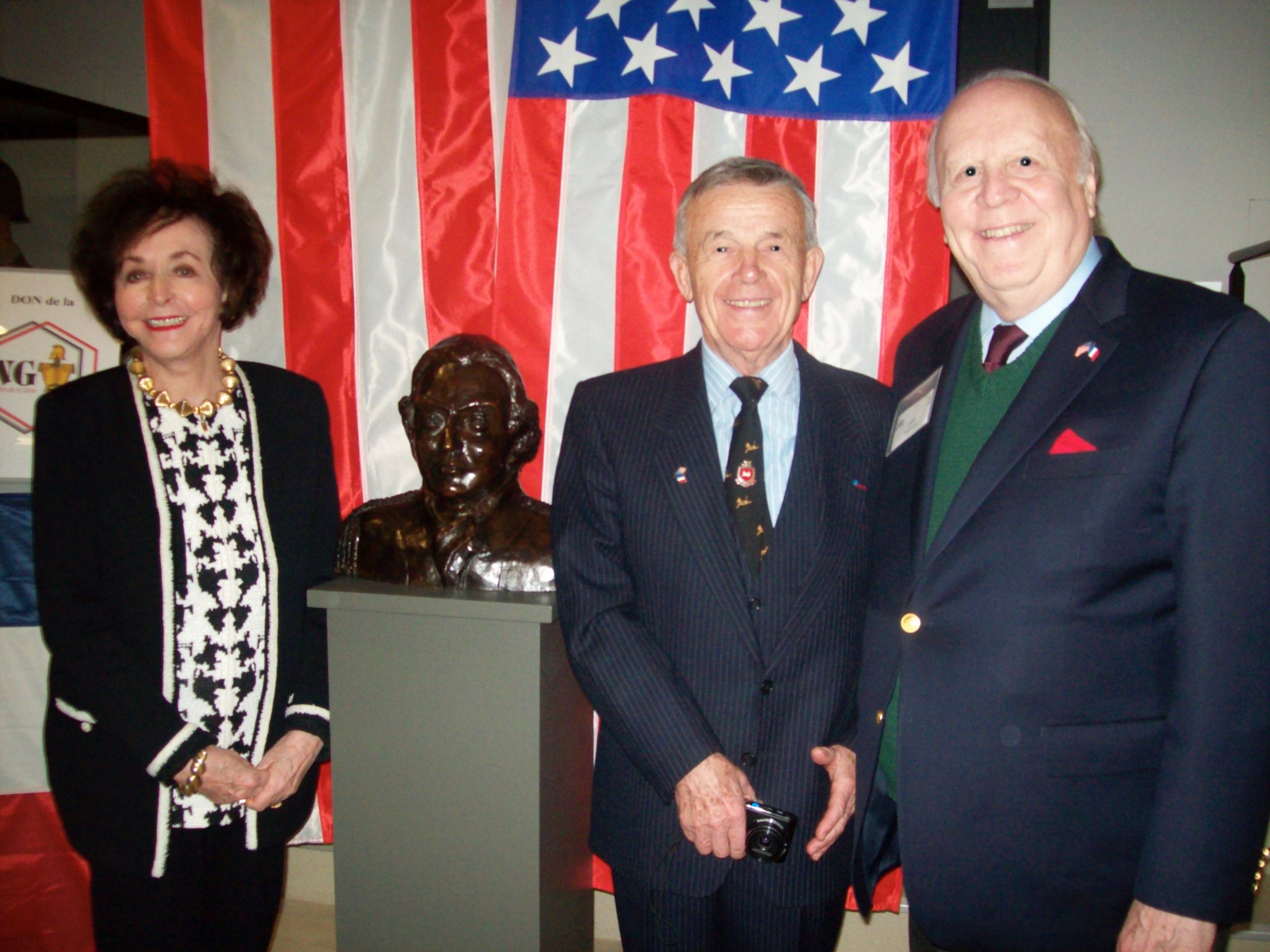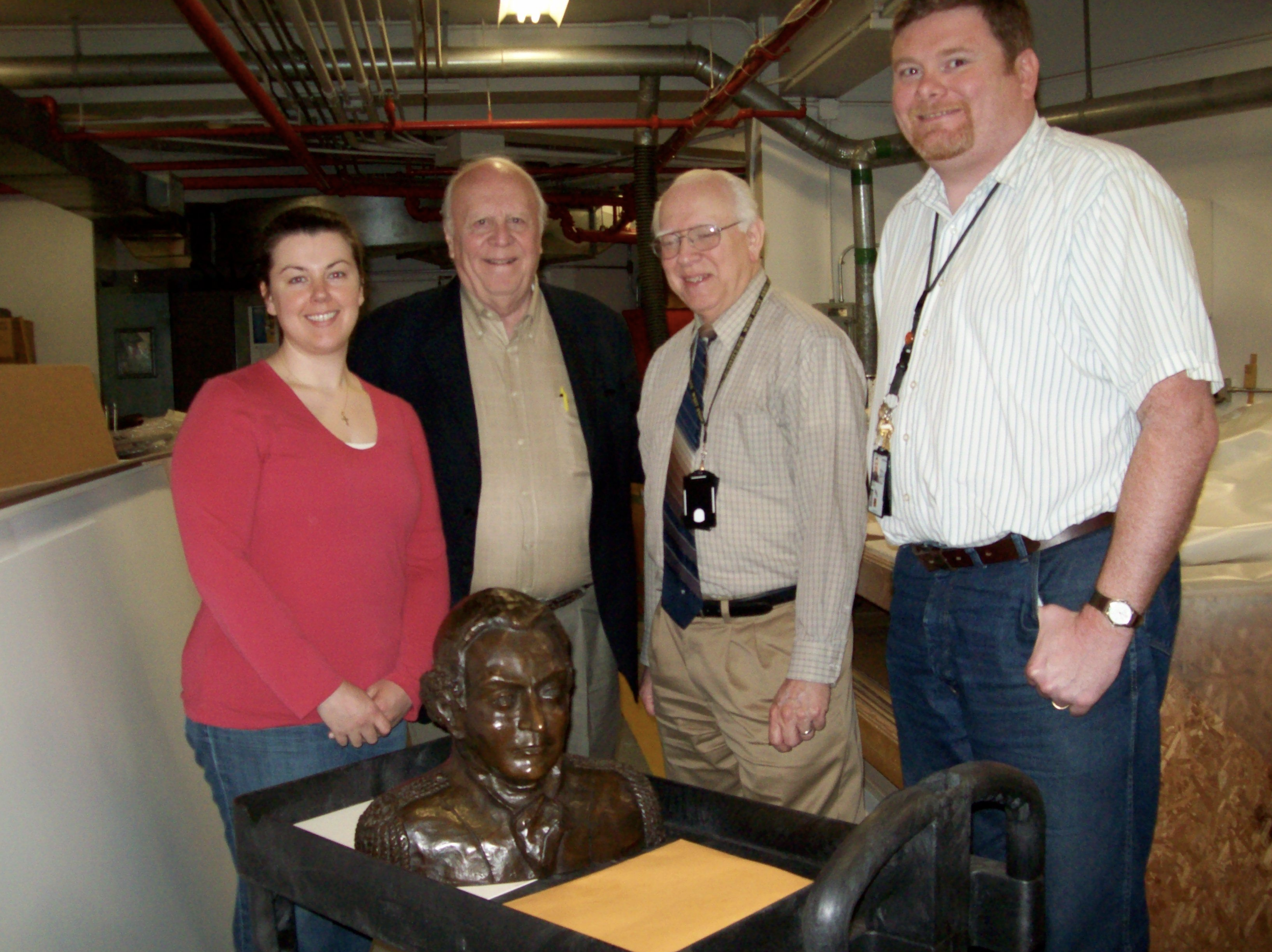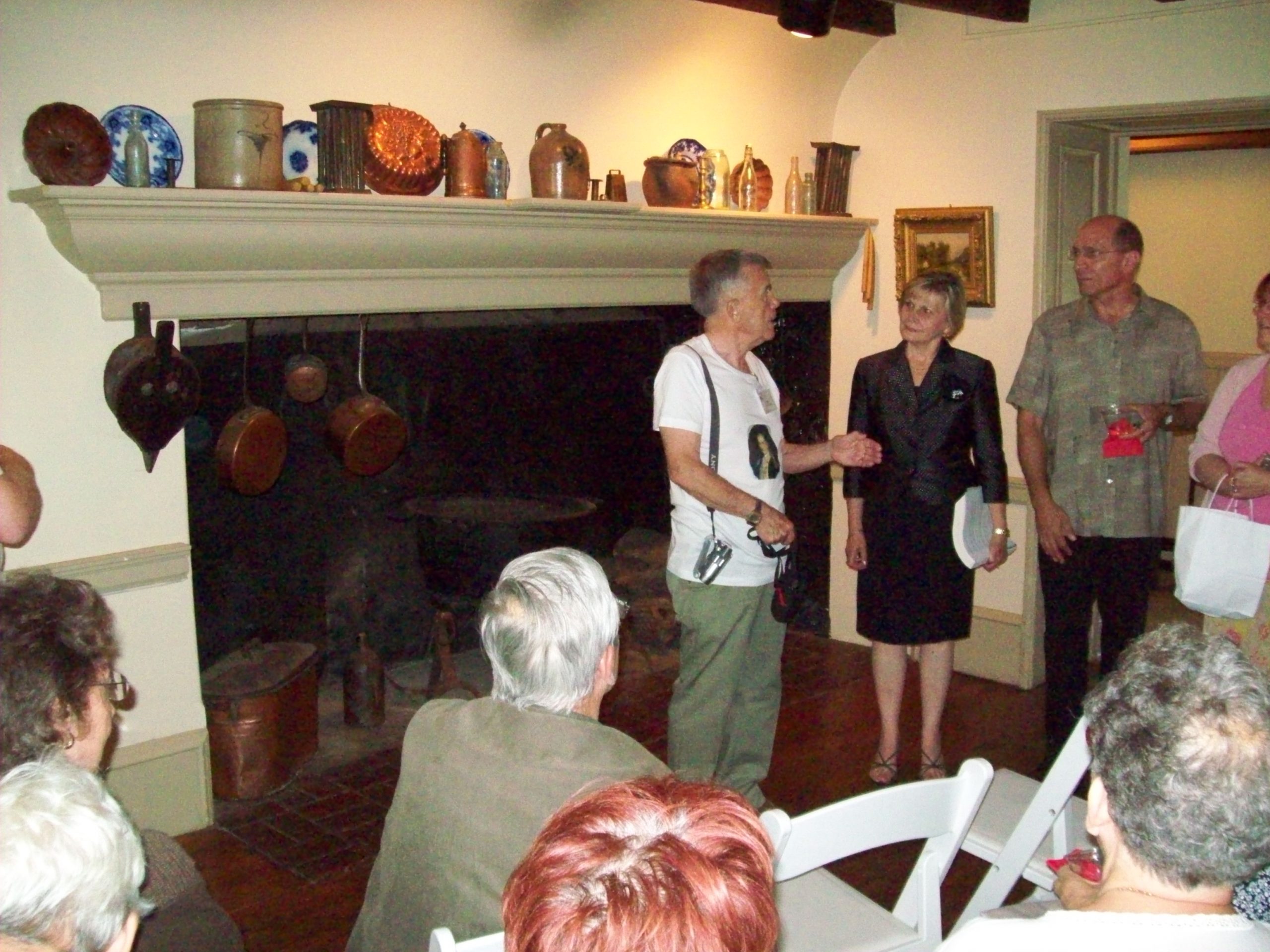Lt. Col. Duportail served as Washington’s Chief Engineer on personal staff throughout the war, 1777–1783, becoming a most trusted staff advisor, principal translator and finally appointed Major General of the Continental Army.
Lt. Col. Duportail designed the defenses of Philadelphia and of Valley Forge; approved West Point defenses; the siege at Yorktown; the first curriculum for West Point as a military engineering school; and is the Father of the U.S. Army Corps of Engineers. He was Washington’s translator in meetings with French General Comte de Rochambeau and Admiral de Grasse.
In the end, Washington was so impressed with Duportail that he wrote “I shall ever retain a grateful sense of the aids I have derived from your knowledge and advice to me.” His Valley Forge residence, Duportail House, is a public venue near the national park, and he purchased a farm and land grant near what is now Bridgeport, Pennsylvania, after the Revolutionary War. The farm was later repossessed after Duportail left to Return to France. He became ill aboard the ship, died and was buried at sea in August 1801.








